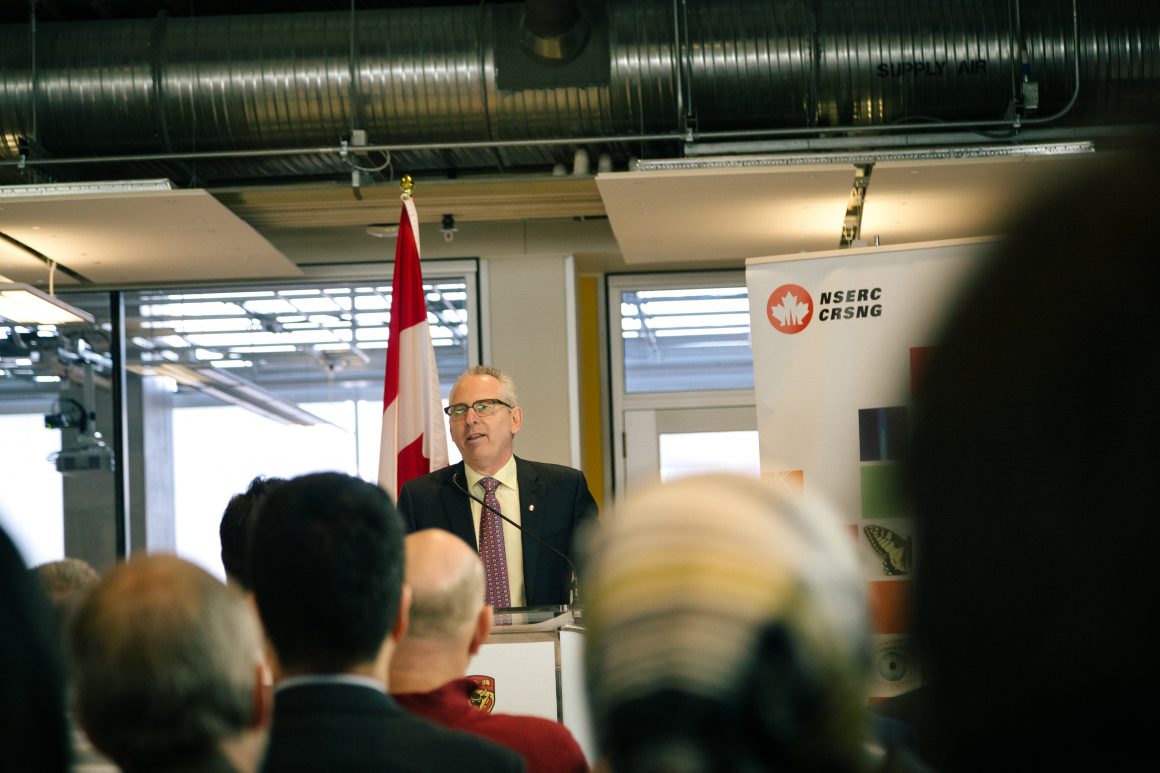
Banff International Research Centre receives $12.8 million in funding
By Saima Asad, February 13 2017 —
The Banff International Research Station (BIRS) will receive $12.8 million in funding from various sources including the governments of Canada, Alberta, the United States and Mexico. The funding was announced at the University of Calgary on Feb 10.
The BIRS is a research centre that focuses on applied mathematics in the sciences. The station opened in 2003 as a joint effort between Canada, the United States and Mexico.
Canada minister of veteran affairs Kent Hehr was the opening speaker at the event. He said the federal government will commit $3,405,000 towards the research centre through the Natural Sciences and Engineering Research Council (NSERC) — Canada’s funding agency for post-secondary research initiatives.
“I’m pleased to announce that through the NSERC, the Government of Canada is providing more than $3.4 million to the BIRS to take your research programs to the next level,” Hehr told the crowd gathered in the EEEL building.
According to BIRS founder and director Nassif Ghoussoub, the funding announcement comes after 18 months of vetting. He said the vetting process included 50 scientists from all over the world conducting site visits.
“This is not a random announcement. This has come after many, many months of reference letters, reviews, etcetera. We really appreciate the government’s support [from] NSERC,” Ghoussoub said.

The Banff International Research Centre focuses on applied mathematics in the sciences // Photo courtesy Brent Kearney
The Alberta government also announced their portion of the BIRS funding on Feb. 10. The provincial ministry of economic development and trade will provide $4,042,918 to “support the valuable work BIRS does.”
“We are proud to stand as partners with the Government of Canada and NSERC,” Banff-Cochrane Member of the Legislative Assembly Cameron Westhead said. “[The BIRS] is a tremendous and proud example of the importance of partnership between federal, provincial and international governments, as well as academia.”
Mexican consul Cecilia Villaneuva spoke to Mexico’s portion of the funding. The Consejo Nacional de Ciencia y Tecnología (CONACYT) announced that they will contribute $250,000. Mexico became a BIRS sponsor in 2006.
Villanueva hopes the funding will result in an enriched collaboration between the U.S., Canada and Mexico in the fields of science and engineering.
“CONACYT funded the construction of a facility in Oaxaca, which is one of our main states in Mexico. They have a BIRS station, too,” Villanueva said. “From there they do a lot of projects and initiatives related to mathematical innovation.”
In addition to government contributions, the U.S. National Science Foundation will contribute $5,086,000 CDN towards the BIRS. The research centre will also receive $400,000 from the University of British Columbia, along with further support from the University of Alberta and the U of C.
Through his project at the BIRS, U of C graduate and current UBC PhD student Rowan Cockett will benefit from the funding. Cockett is a computational geophysicist.
“One of the next steps in computational geophysics is a lot of interdisciplinary work, so this where BIRS came into the picture,” Cockett said. “We had started a lot of these projects reaching out to other universities and trying to get research collaboration started in a very real way. BIRS offered this opportunity for a bunch of scientists to come together.”
Roughly 50 people attended the announcement.
